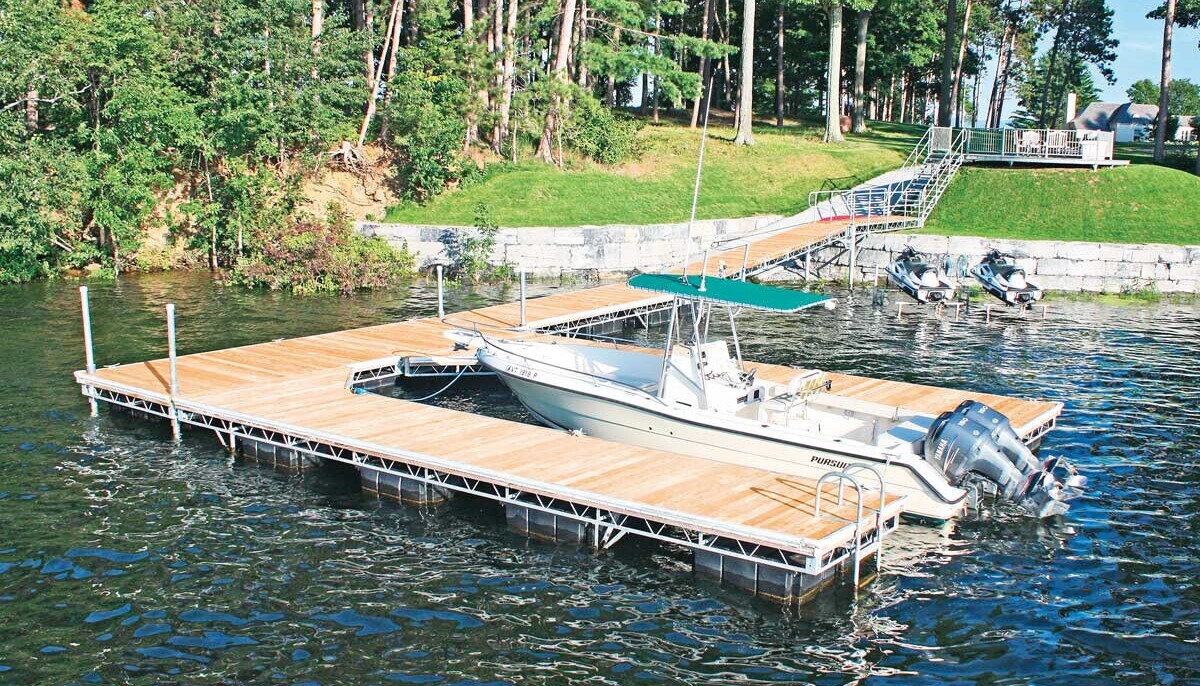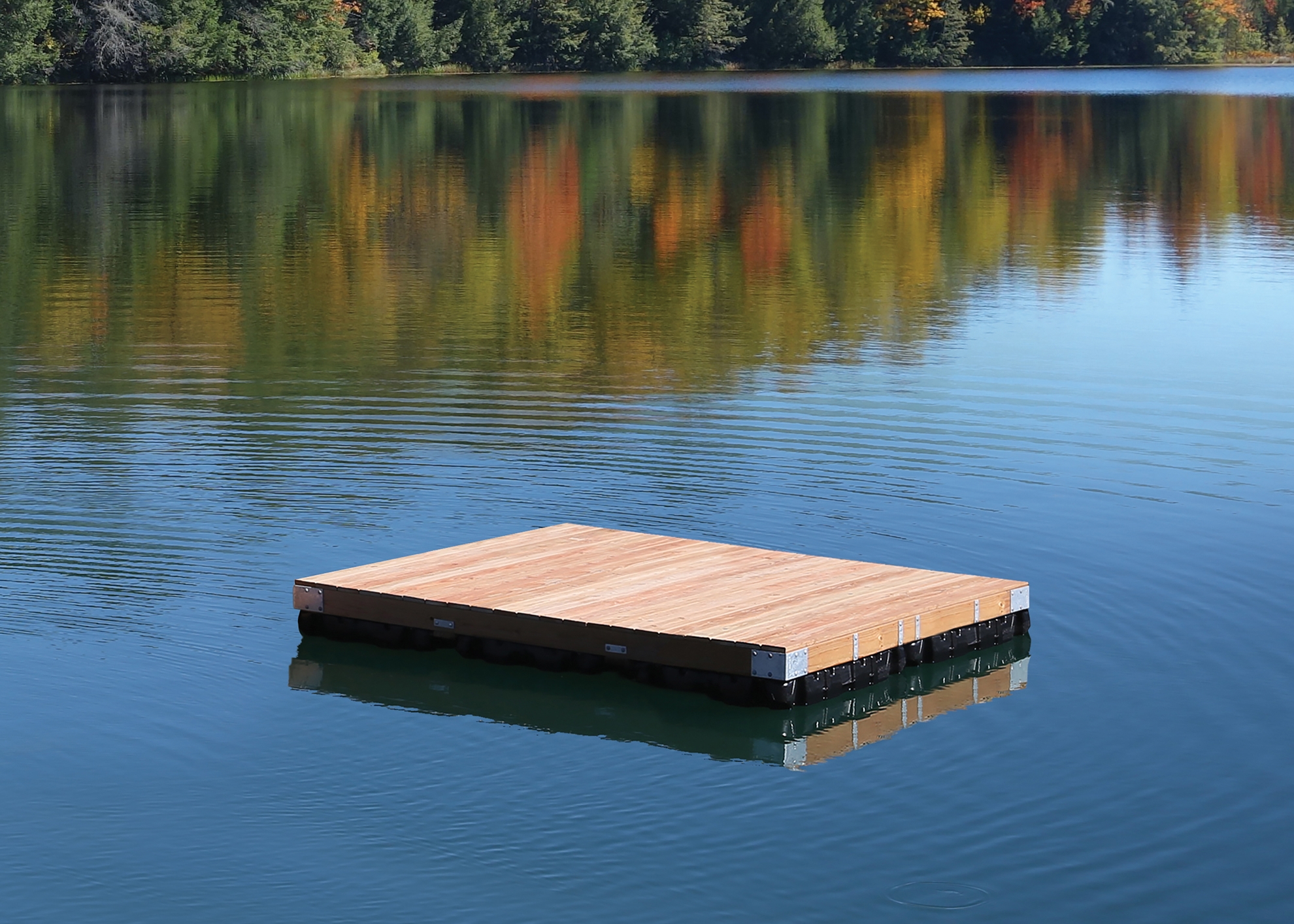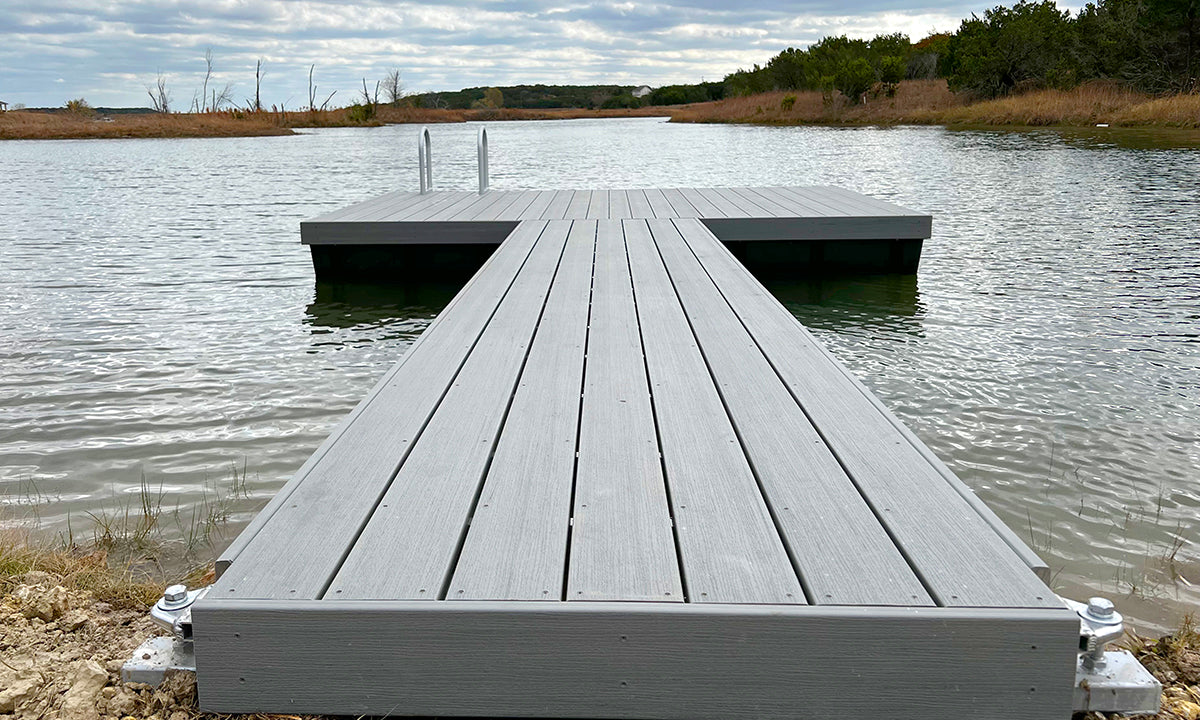Floating Docks: The Smart Selection for Modern Waterfront Living and Entertainment
Floating Docks: The Smart Selection for Modern Waterfront Living and Entertainment
Blog Article
Upgrade Your Beachfront With Sturdy Floating Docks
Updating your beachfront with durable floating docks can significantly boost both capability and aesthetics, giving a functional solution for various water activities. With a range of materials available, including low-maintenance options and conventional wood, choosing the appropriate dock can complement your individual style and meet practical demands.
Advantages of Floating Docks
Floating docks deal a multitude of benefits that enhance their allure for numerous maritime applications. Unlike traditional set docks, floating docks increase and autumn with the tide, ensuring constant access for boats and boat no matter of ecological conditions.
Additionally, floating docks are less complicated to set up and move, giving versatility for seasonal or short-term usage. Their modular design enables modification to fit certain demands, whether for private marinas, property watersides, or business applications.
Additionally, floating docks produce minimal disturbance to the marine environment, protecting regional environments and decreasing the chance of disintegration. They additionally supply enhanced safety and security for customers, as their buoyant nature uses a much more flexible surface than rigid frameworks.
In addition, floating docks can assist in a varied variety of tasks, such as angling, swimming, and recreational boating, making them an important possession for beachfront growth. Their convenience and usefulness make floating docks a preferred choice for a variety of marine projects.
Picking the Right Products
Selecting ideal materials for floating docks is crucial to their longevity, performance, and overall efficiency. When choosing products, take into consideration factors such as ecological direct exposure, upkeep demands, and architectural integrity. Common products consist of wood, plastic, light weight aluminum, and composite alternatives, each offering distinctive advantages and downsides.
Wood, while cosmetically pleasing, requires normal maintenance to prevent rot and decay. Pressure-treated wood can boost durability, yet it may still give in to water damage with time. Plastic drifts, typically made from high-density polyethylene, are immune to deterioration and call for minimal upkeep, making them an attractive option for low-maintenance applications.
Light weight aluminum is another viable choice, known for its stamina and light-weight properties. It is immune to corrosion and can endure extreme weather, although it may be a lot more costly than other materials. Compound materials integrate the very best characteristics of wood and plastic, offering a resilient and low-maintenance alternative that resembles the appearance of wood without the associated disadvantages.
Ultimately, the selection of material must straighten with the intended use, ecological considerations, and spending plan constraints, making certain a resilient and functional floating dock that meets your particular needs.
Installation Process Overview
The successful installation of a drifting dock relies on cautious planning and execution, ensuring that it operates properly in its desired environment. The very first step includes analyzing website conditions, including water deepness, coastline features, and prevailing weather condition patterns, which will certainly inform the dock style and anchoring system.
Adhering to the site evaluation, the next stage is to prepare the floating dock elements. This includes assembling the structure, safeguarding drifts, and connecting any kind of required equipment. It is important to guarantee that all connections are durable and water-resistant to hold next page up against marine problems.
When the dock is put together, the installment procedure starts with placing the dock in the water. This can include a crane or various other training tools, especially for bigger structures. Proper alignment is important for functionality and safety.

Maintenance Tips for Durability
Normal maintenance is essential for making certain the long life and ideal efficiency of a floating dock. To accomplish this, begin with routine evaluations at least twice a year, concentrating on the honesty of the dock's structure, including the flotation devices and attaching equipment. Try to find indicators of damage, deterioration, or wear, and address any type of concerns without delay to avoid more deterioration.
Cleansing is one more crucial element of maintenance. Eliminate debris, algae, and barnacles from the dock's surface area to stop slippery problems and maintain aesthetic appeal. Use a soft brush and a mild cleaning agent to stay clear of damaging the dock's materials.
Additionally, make sure that the dock is correctly secured and secured to endure seasonal modifications in water degrees and weather condition problems. Inspect the anchoring system for stability and make changes as necessary.
Enhancing Your Outdoor Visual
To develop an aesthetically enticing exterior space, incorporating a drifting dock can significantly boost the general visual of your waterfront residential property. Floating docks are not only functional however can also act as a striking prime focus that complements the all-natural environments - floating docks. Readily available in different products and designs, these docks can be personalized to match your building's architectural design and landscape
The addition of ornamental aspects, such as incorporated lighting or stylish railings, even more raises the dock's visual appeal. Consider making use of natural timber finishes, which mix effortlessly with the atmosphere, or deciding for modern-day products like aluminum or composite decking that offer a streamlined, contemporary look.
Tactically positioning planters or seating areas on or around the dock can produce inviting spaces that urge relaxation and enjoyment of waterfront views. Furthermore, including colors and appearances that harmonize with your landscape will find out here now develop a natural visual throughout your outdoor area.

Final Thought

Upgrading your beachfront with sturdy floating docks can substantially enhance both capability and appearances, offering a flexible option for various water activities. Unlike typical set docks, floating docks surge and loss with the trend, ensuring regular access for boats and boat regardless of ecological conditions.Choosing ideal materials for floating docks is crucial to their long life, performance, and general performance.Once the dock is constructed, the installment process begins with placing the dock in the water.In summary, floating docks offer countless advantages, consisting of adaptability to water level adjustments and a variety of material alternatives.
Report this page